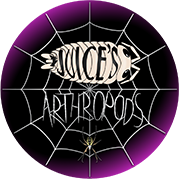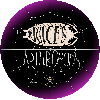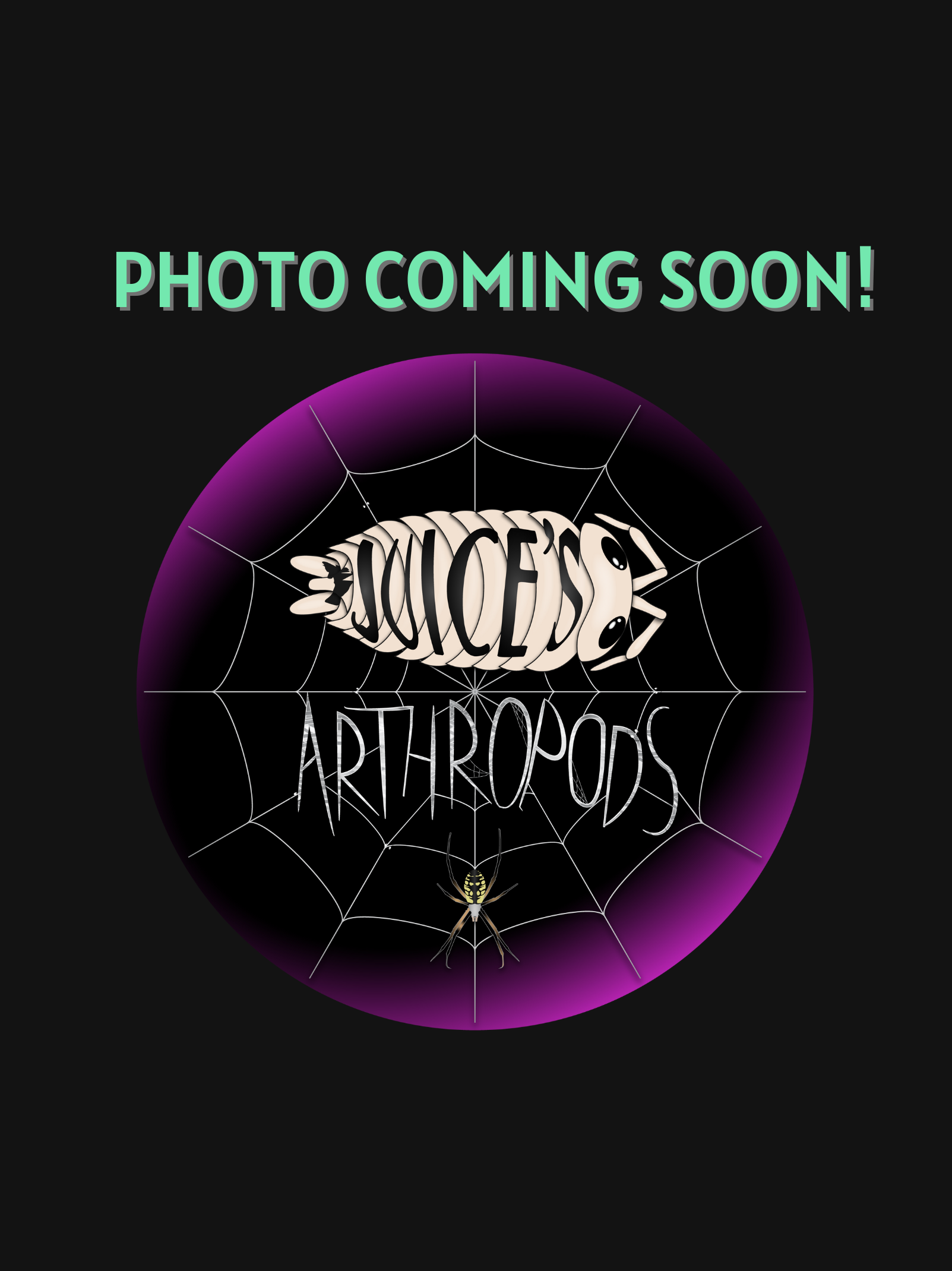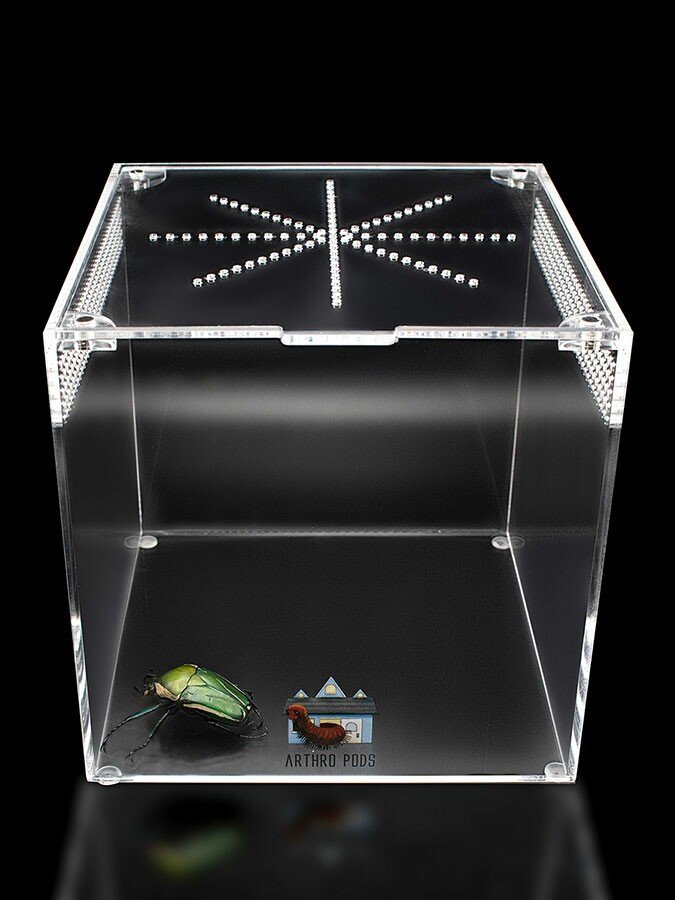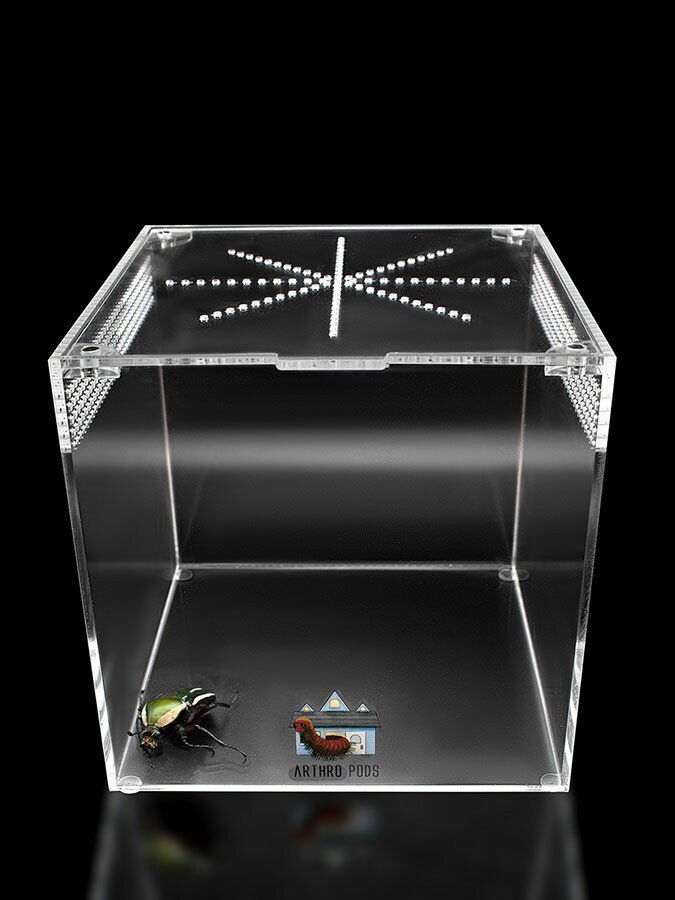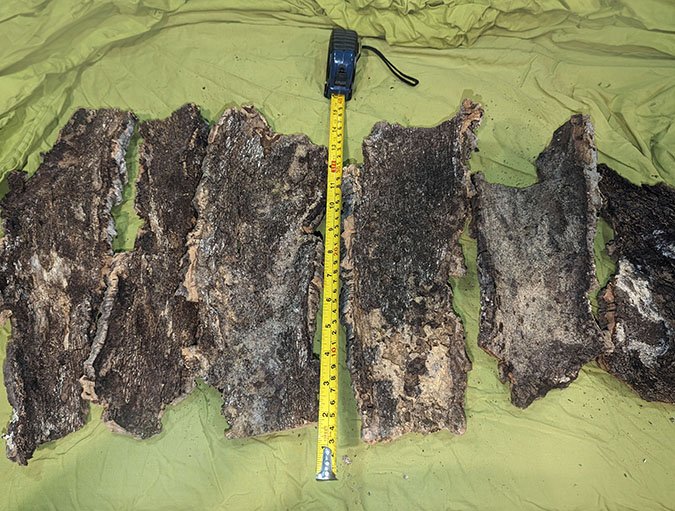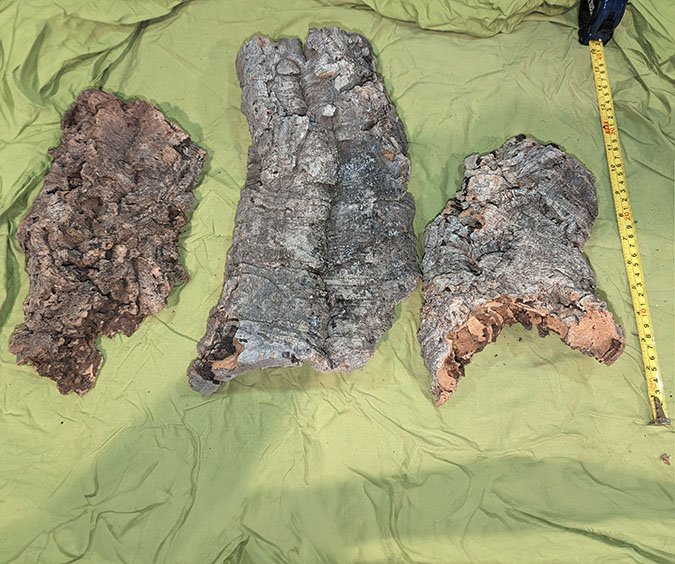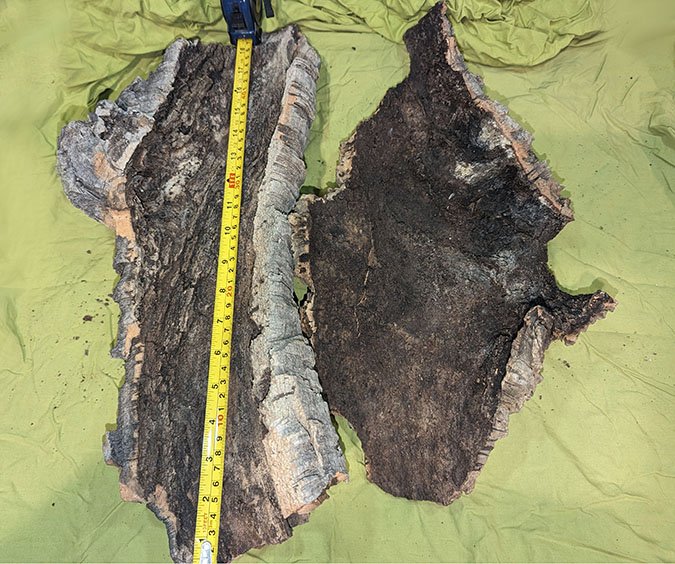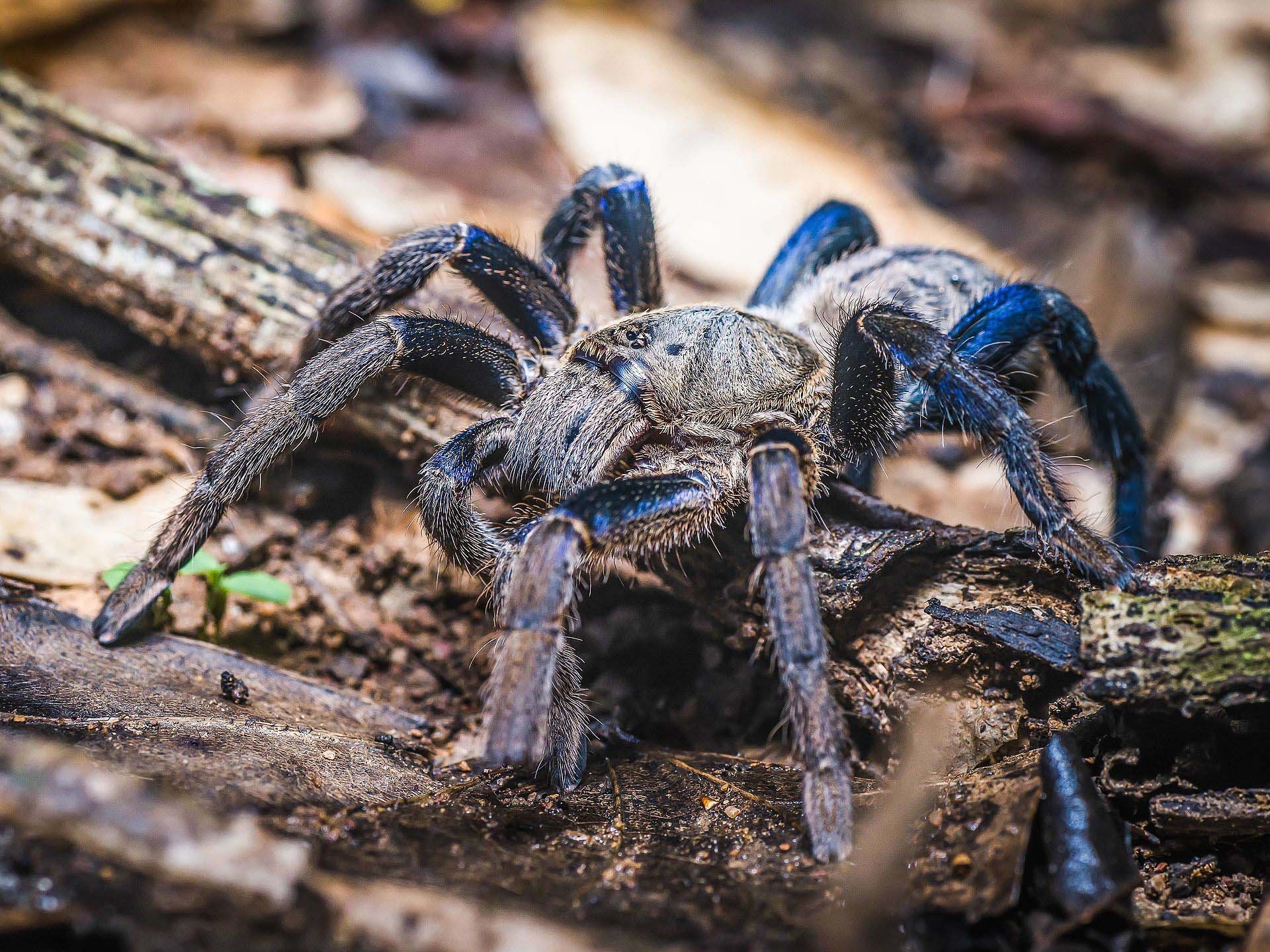Heterothele gabonensis
Heterothele gabonensis, commonly known as the Gabon Blue Dwarf Tarantula, is a small, semi-arboreal Old World tarantula native to the forested regions of Gabon and Central Africa. A hidden gem among African species, it is admired for its vibrant blue hues, golden carapace, and fine patterning, which set it apart in coloration and behavior. As one of the lesser-known members of the Theraphosidae family, this species offers a unique combination of bold aesthetics, communal tendencies, and manageable size.
What truly defines H. gabonensis is its metallic blue legs, which shimmer under natural light, particularly after a molt, contrasted against a warm, golden-bronze carapace and a patterned abdomen that may display speckled or striped detailing. While small, it is visually striking and often compared to more vibrant dwarf tarantulas such as Cyriocosmus elegans or Neischnocolus spp., albeit with Old World defensive tendencies.
Despite being an Old World species, Heterothele gabonensis is relatively shy and reclusive, often preferring retreat over confrontation. It is known for being web-dominant, laying down heavy layers of silk in and around its hides, similar to genera like Hapalopus or Chilobrachys.
Heterothele gabonensis, commonly known as the Gabon Blue Dwarf Tarantula, is a small, semi-arboreal Old World tarantula native to the forested regions of Gabon and Central Africa. A hidden gem among African species, it is admired for its vibrant blue hues, golden carapace, and fine patterning, which set it apart in coloration and behavior. As one of the lesser-known members of the Theraphosidae family, this species offers a unique combination of bold aesthetics, communal tendencies, and manageable size.
What truly defines H. gabonensis is its metallic blue legs, which shimmer under natural light, particularly after a molt, contrasted against a warm, golden-bronze carapace and a patterned abdomen that may display speckled or striped detailing. While small, it is visually striking and often compared to more vibrant dwarf tarantulas such as Cyriocosmus elegans or Neischnocolus spp., albeit with Old World defensive tendencies.
Despite being an Old World species, Heterothele gabonensis is relatively shy and reclusive, often preferring retreat over confrontation. It is known for being web-dominant, laying down heavy layers of silk in and around its hides, similar to genera like Hapalopus or Chilobrachys.
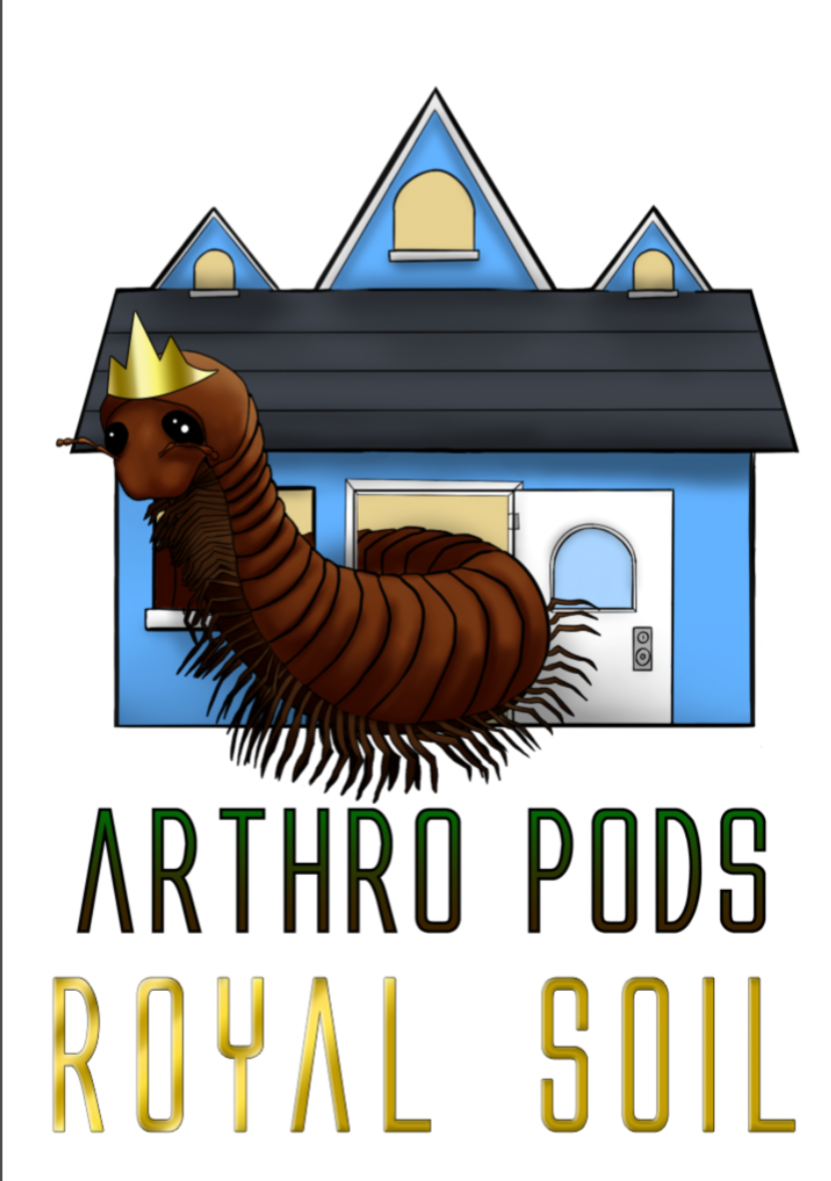

Heterothele gabonensis, commonly known as the Gabon Blue Dwarf Tarantula, is a small, semi-arboreal Old World tarantula native to the forested regions of Gabon and Central Africa. A hidden gem among African species, it is admired for its vibrant blue hues, golden carapace, and fine patterning, which set it apart in coloration and behavior. As one of the lesser-known members of the Theraphosidae family, this species offers a unique combination of bold aesthetics, communal tendencies, and manageable size.
What truly defines H. gabonensis is its metallic blue legs, which shimmer under natural light, particularly after a molt, contrasted against a warm, golden-bronze carapace and a patterned abdomen that may display speckled or striped detailing. While small, it is visually striking and often compared to more vibrant dwarf tarantulas such as Cyriocosmus elegans or Neischnocolus spp., albeit with Old World defensive tendencies.
Despite being an Old World species, Heterothele gabonensis is relatively shy and reclusive, often preferring retreat over confrontation. It is known for being web-dominant, laying down heavy layers of silk in and around its hides, similar to genera like Hapalopus or Chilobrachys.
What's the ideal diet for a Gabon Blue Dwarf Tarantula?
All Tarantulas can eat a variety of feeders. Stick to crickets, dubia roaches, silkworms, horned worms occasionally, and a superworm or mealworm as the occasional treat!
How should I keep a Gabon Blue Dwarf Tarantula?
You can start with the Fossorial Fissure Small enclosure for this particular creature. When they are about ⅓ the size, you will want to go to the Fossorial Fissure Medium or Fossorial Fissure Large enclosure. Feed them as slings once a week, twice if their opisthosoma (abdomen) looks small, but if the opisthosoma is wider than their prosoma (pneumothorax), then wait a couple of days to feed. For juveniles or adults, stick to feeding once a week, nothing larger than their opisthosoma. Make sure to keep a full water dish at all times; wider and deeper is preferred.
How long could a Gabon Blue Dwarf Tarantula live?
Females are believed to live upwards of 12+ years, and males not exceeding around 3 years of age. All estimates are based on multiple sources.
